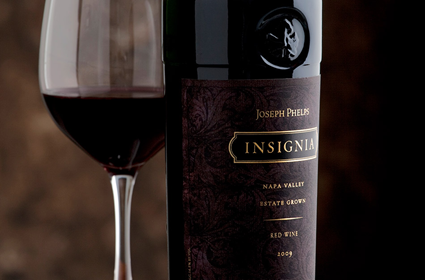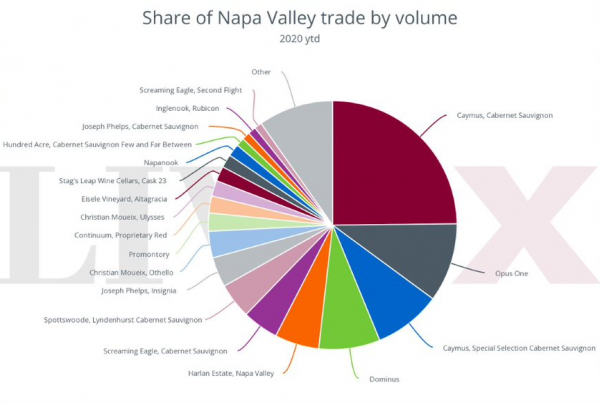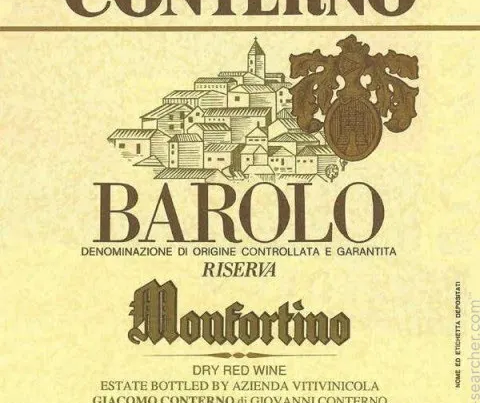Owner: Gérard Perse
Appellation: Saint Émilion Grand Cru
Classification: Premier Grand Cru Classé (A)
Vineyard area: 37 hectares
Annual production: 70,000 bottles
Colour: Red
Standard blend: Merlot (60%), Cabernet Franc (30%), Cabernet Sauvignon (10%),
History
Chateau Pavie’s Roman roots stretch back to the fourth century AD, when St Emilion’s first vines were planted at the chateaux known today as Pavie and Ausone. Despite an early start, development only really picked up momentum in the mid-1800s under the direction of Ferdinand Bouffard – a Bordeaux negociant who owned part of Chateau Heritage Haut Brion. Bouffard bought up several neighbouring plots in order to form a 50-hectare vineyard, which included a separately managed area now known as Pavie Decesse. The new composite estate, named after the peach orchards (pavies) that once grew in the area, underwent significant improvement under Bouffard’s hand, despite enduring a grim battle against phylloxera. In 1918 Bouffard sold the estate to Albert Porte, who then sold it to the Valette family in 1943. The chateau remained in the family for half a century until it was taken over by Parisian millionaire Gérard Perse in the late nineties.
Perse’s acquisition of Pavie saw the estate upgraded and Michel Rolland signed up as consultant – with spectacular results. Pavie soon made a name for itself as the producer of one of the most concentrated wines in Bordeaux. And while the wine’s evolution certainly suits Parker’s palate – he scored the 2000 vintage 100 points – some critics claim it lacks the elegance and freshness it enjoyed during the pre-Perse era. The Pavie debate came to a head in 2004, when Jancis Robinson scored the 2003 vintage a weak 12 out of 20 and declared it “unappetising” and “ridiculous”. Parker, who rated the wine 96-100 shortly before its release (and gave it a final score of 99 in 2014), quickly responded to Robinson’s tasting notes, putting her “nasty swipes” down to a personal vendetta against Pavie owner Gerard Perse (though Robinson claims to have tasted the wine blind).
2009 vintage
The 2009 vintage earned Pavie 100 points from Robert Parker for the second time, with the world’s leading Bordeaux critic suggesting: “With extravagant fruit and high extract as well as a hint of minerality, this structured, massively intense effort is typical of all the luxurious, perfect or nearly perfect Pavies produced under the Perse regime (which began in 1998).”
Jancis Robinson rated it 18 out of 20 – “Blackish crimson. Minerals and lively and FRESH!!” – while Neal Martin (92+) observed a “slightly baked quality towards the finish” but suggested that it might “merit a higher mark in the future”.
Market Trends
In September 2012, the results of the – at times controversial – reclassification of the St Emilion Grand Cru were announced. Pavie and Angelus were upgraded to Premier Grand Cru Classe A, joining Cheval Blanc and Ausone. These upgrades had an immediate effect on prices: by the end of that September, they had seen prices increases of 8% and 7% respectively. As the chart below shows, Pavie has continued to climb even as the wider market has struggled. Since August 2012, Pavie’s prices have increased by 28.90% while the Liv-ex 100 has fallen 6.07%.
Pavie tops the Power 100
In November 2014 Liv-ex announced that Pavie had topped the Liv-ex Power 100 for the second year in a row. This was particularly significant since prior to 2013 every wine to take the top spot had either been a First Growth or DRC. Pavie’s position last year was due to its performance across the board, coming 10th for value and volume traded and 15th for average critic score. In particular, its price performance was relatively strong, rising 0.56% while the majority of Bordeaux wines declined. Its fellow promoted St Emilion brand, Angelus, came 26th in the 2014 rankings despite coming second the previous year.






